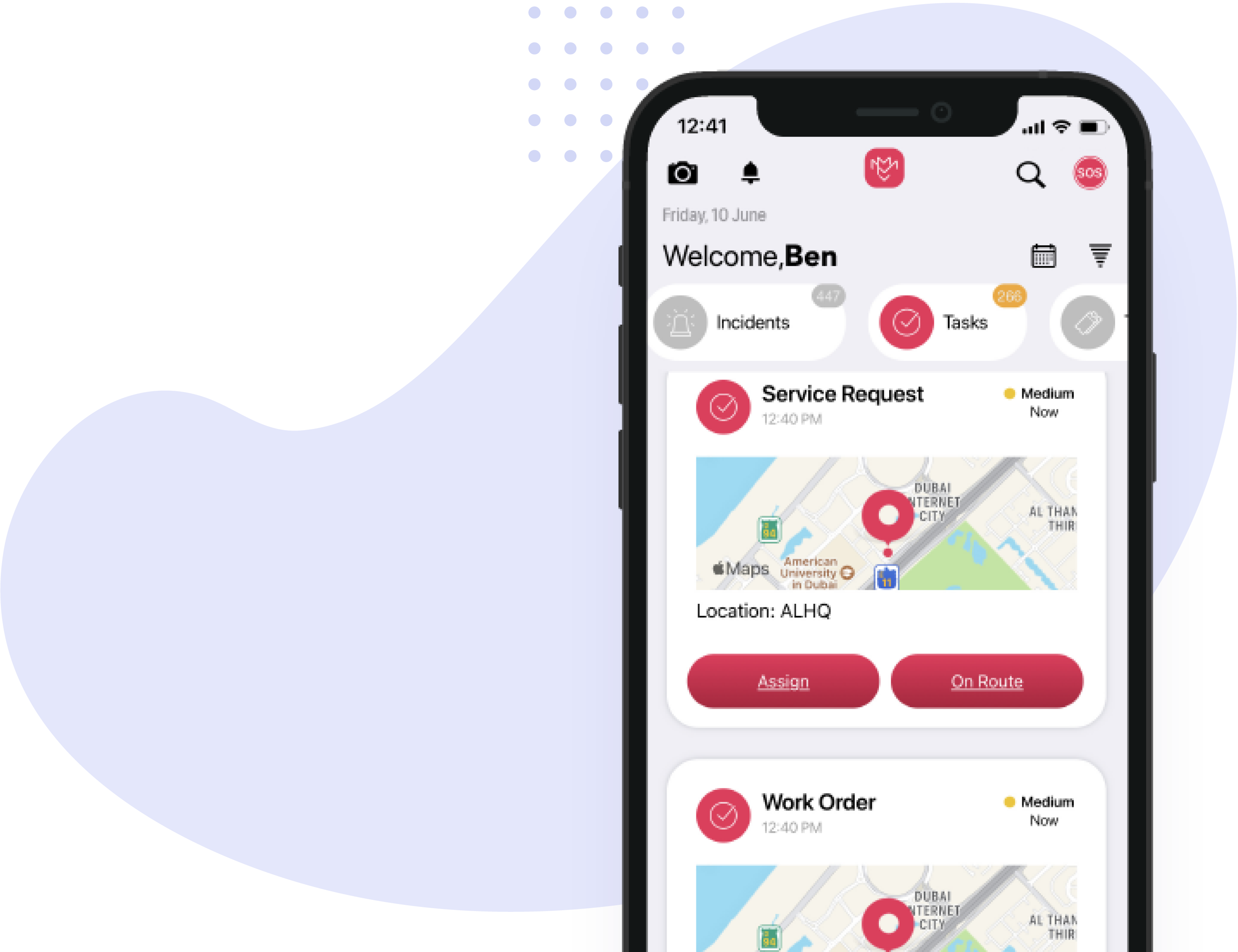For the past decade or so, the emergence of field service management (FSM) software has been gaining tremendous traction in developed and emerging markets alike. Needless to say, key players who have been benefiting from the software are organizations delivering services via their resources, such as their employees and equipment, that are out on the field.
Particularly in verticals such as oil and gas, security services, facility management, telecommunications, and utilities, FSM software adoption has accelerated due to these industries’ growing complexity in delivering services to their clients. From GPS guidance to automated scheduling, FSM software has brought the tools necessary to not only solve but also identify many of the complexities these organizations face.
Supportive infrastructure
One of the key drivers of this widespread adoption is the advancements in telecommunication infrastructure and mobile networks, over the past decade. Faster, leaner, and more cost-effective mobile data has made it possible to run complex applications from the field effectively, using mobile devices. The introduction of 3G, followed by 4G LTE has made it effortless for the field force to perform their tasks in real-time and share information instantly with their manager or organization. Such exchanges have become so embedded in the norm that it’s hard to imagine how managing remotely was at all possible before 3G.
Faster employee adoption and millennials
In the past decade, social networking, communications, and gig economy applications have had a far-reaching impact on how we connect, share information, and purchase goods or services. People across generations have adopted using mobile applications daily and inadvertently understand the fundamentals of the “mobile app” experience. Furthermore, the millennial generation who developed digital skills early on in life is now joining the workforce. This transformation has created a workforce that is ripe for digitalization, thus making this adoption even easier, and in some cases, necessary, that mobile applications and wearable devices have become the default standard in work life.
Digital convergence and cloud SaaS
The popularity of cloud computing has made organizations realize the benefits they can reap by switching from expensive and limited on-premise systems to lightning-fast and agile cloud applications. Coupled with the appeal of OPEX-based SaaS models, it has become feasible for organizations to implement FSM solutions quickly and cost-effectively. In addition, cloud users can reap the benefits of machine Learning, and IoT technology as the capabilities delivered are unlikely on on-premise systems.
Communications infrastructure, cloud computing, and employee behavior changes are some of the key drivers fueling the growth of FSM and will continue to do so for the foreseeable future. The FSM element is a key component in the digital transformation strategy of forward-looking organizations, and a guaranteed replacement for archaic tools such as walkie-talkies, spreadsheets, and paper logs. Those organizations equipped with agile FSM software will pave the way forward for their growth and market share.




